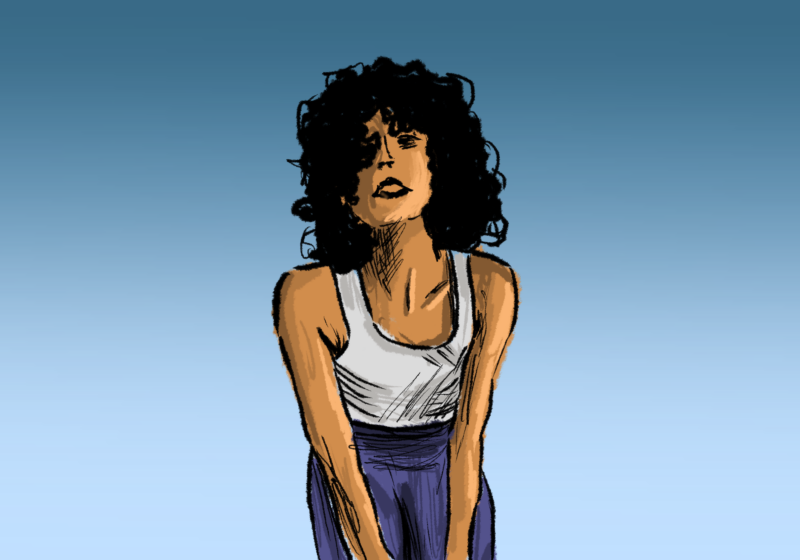47. This week, it seems to be every UR student’s least favorite number. To put it in perspective, if every ranked college was assigned an Adirondack high peak, we would miss the list of 46 and get the next highest mountain. 47 is also about the age when people have midlife crises and buy boats thinking that somehow sailing will fix all their problems.
Every year, prospective students across the globe look to the higher power of the US News and World Report College Rankings as the prophet of college misinformation (not that I didn’t do the same thing a year ago). This single list has the market cornered, but that doesn’t make them perfect.
As with any ranking — except my immaculate fantasy football tier list — there are flaws in the process, leading to many unhappy campuses this fall. What caused the sudden shift, and how might this presumed shortcoming propel us students to new heights?
The whole college system is a business, and these rankings are no exception. This column is an integral part of the US News business plan. It’s one of their biggest articles of the year, so they decided to further monetize it with their new tool: the College Compass. It gives prospective students a way to compare schools in even more detail, for the low price of $30.
Out of the 20 smaller metrics that factor into the final calculation, 16 of them are locked without purchase of the Compass. These include the outcomes rank, faculty research rank, median SAT/ACT scores, and peer assessment scores, which measures the prestige of other universities. This peer assessment factor on its own accounts for 20% of a school’s overall rank.
The biggest change that was made to the rankings score system involves the social mobility ranking, which assesses a schools success in “enrolling and graduating large proportions of disadvantaged students.” Ironically, this statement comes from the very company hiding useful college information behind a $30 brick wall. This metric covers students on Pell grants and first generation students. At private universities, Pell grants cover up to 13% of the total cost of attendance, compared to 30% at public universities. In the recently updated formula, this factor accounts for 11% of the final score, which is up from 5% in years prior.
The advantage proves to be in clear favor of public universities, as only seven out of the top 40 ranked schools by social mobility are private (for reference, UR is 196). That explains some of the larger jumps in the rankings, especially by the UC schools, all ships on the rising tide of public institutions. But that doesn’t match up with the stability at the very top of the rankings.
Why are the top 15 essentially unchanged from previous years? Measures such as the outcomes rank and the peer assessment score remain near the top for these schools year after year. When splitting hairs between the top institutions in the country, small changes in these categories can have a large effect on their final placement.
This might make an impact on future years of admissions, but how will it affect students now? Even if the University doesn’t take the rankings as seriously as the students do, it does serve as a blueprint, outlining areas of improvement, assisting current and future students through their undergrad years. If taken as constructive criticism, this can be used as motivation to improve the college on all fronts.
The University could double down on its strengths by further promoting cooperation between students — which over time, helps students from all backgrounds succeed, addressing the biggest weakness in the rankings. Obviously, these rankings take a couple of years to adjust to new policy, so many of the programs already implemented by the University — for example, will soon have their full impact realized.
In addition, the competition to get in and excel at the highest-ranked universities may be one of their biggest selling points, but it might just be their greatest weakness. Malcom Gladwell analyzes how apparent disadvantages can quickly become strengths in his book “David and Goliath.” He wrote about students who had the talent and drive to change the world, but were so discouraged by their apparent competition that they switched majors. Their dreams were deferred by their own peers.
At UR, this is much less prevalent. The core values of this institution promote teamwork and collaboration between students, fostering a supportive community that helps everyone become the best version of themselves. We are encouraged to explore our interests and learn through experience. Here, we strive for the same goal, and instead of holding each other back, we boost each other forward. We may not start on the highest mountain, but we’re here to help each other climb higher than anyone has gone before.




